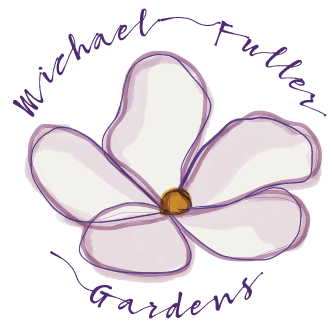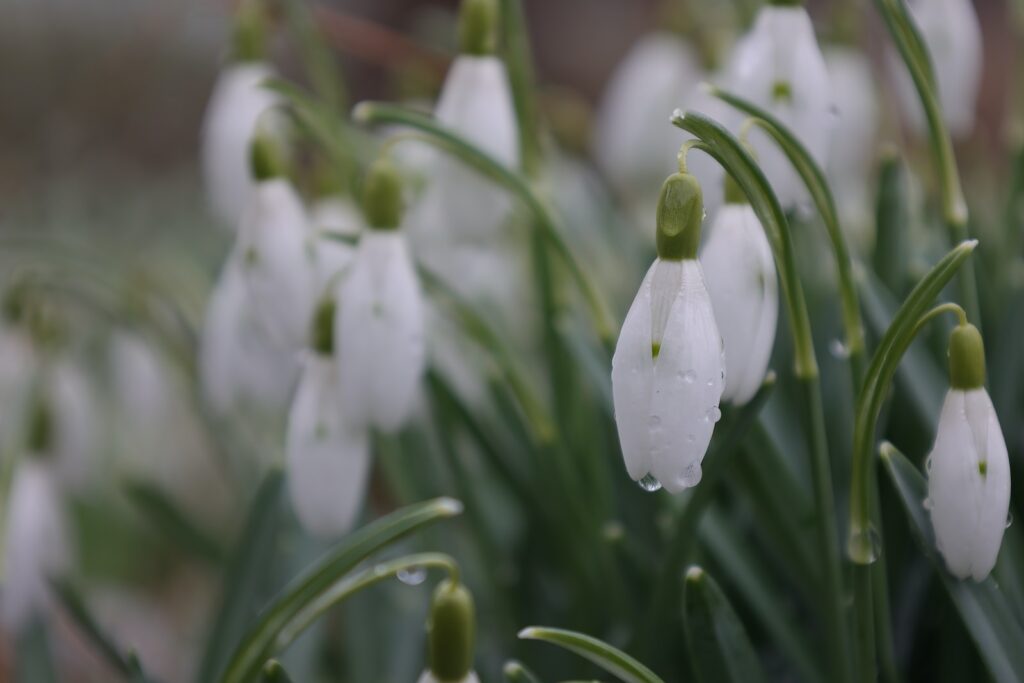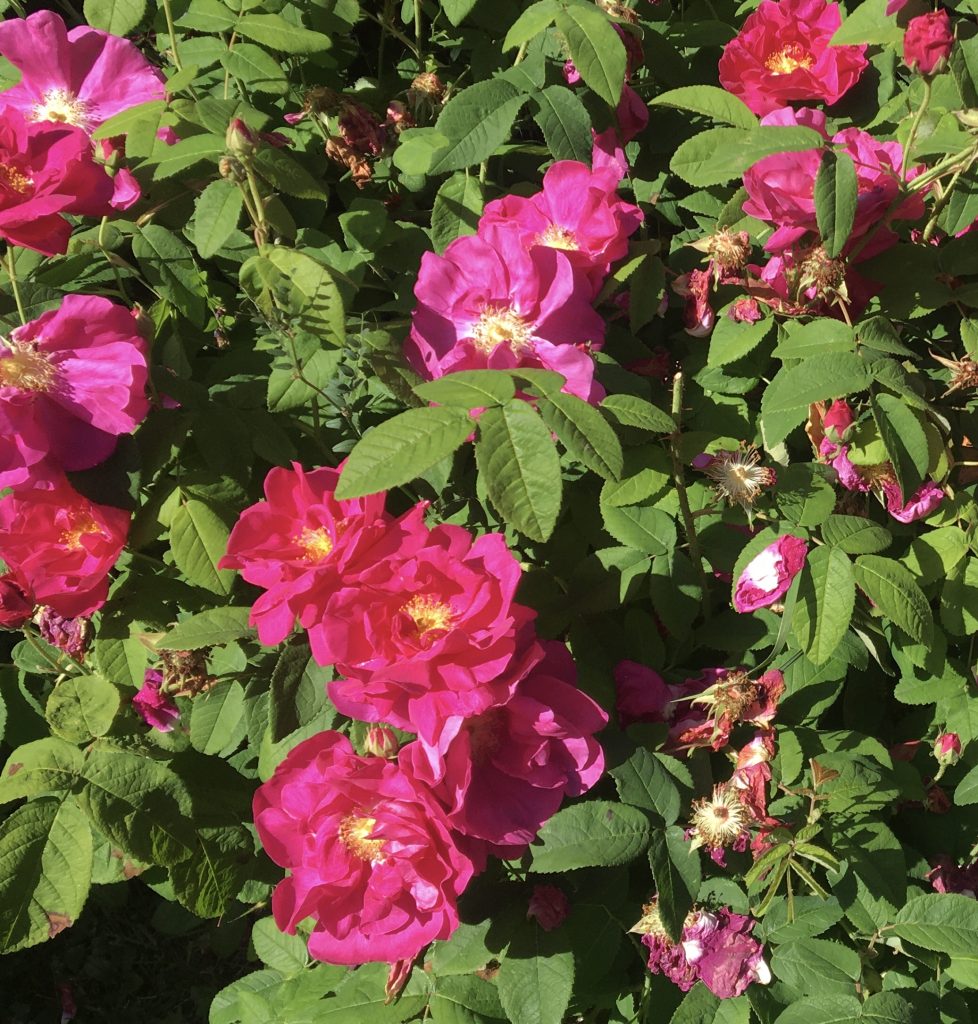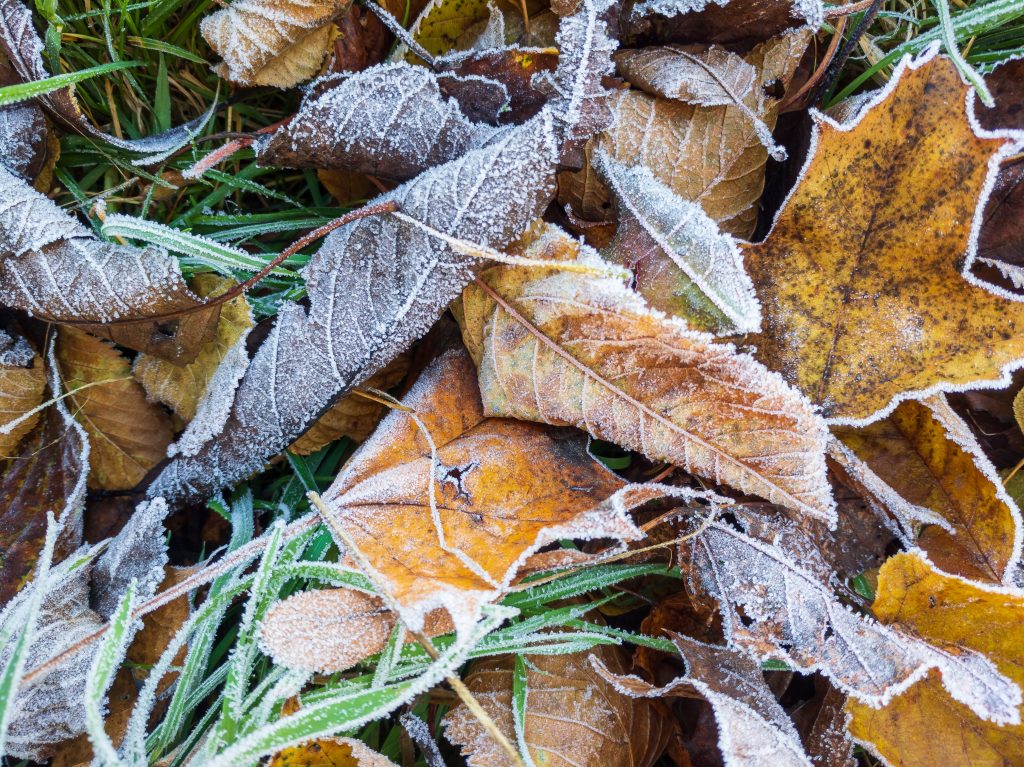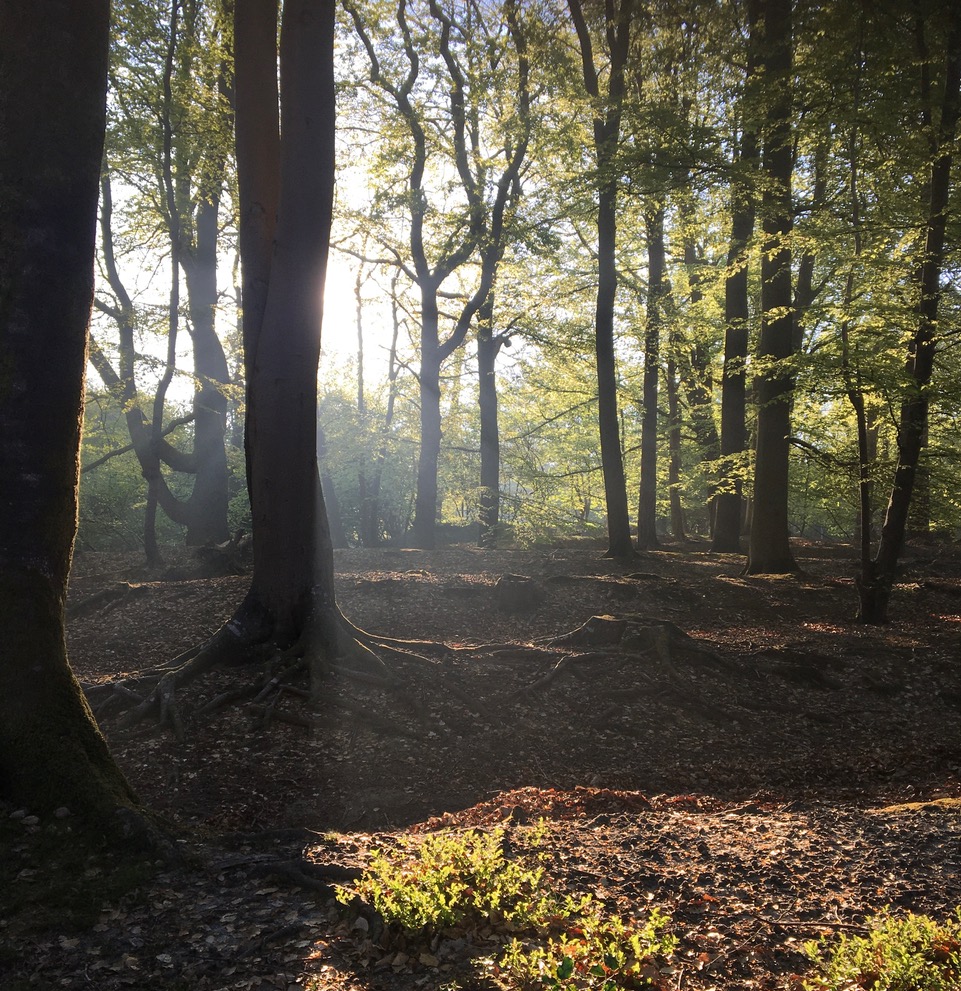Movement is life – the garden in August.
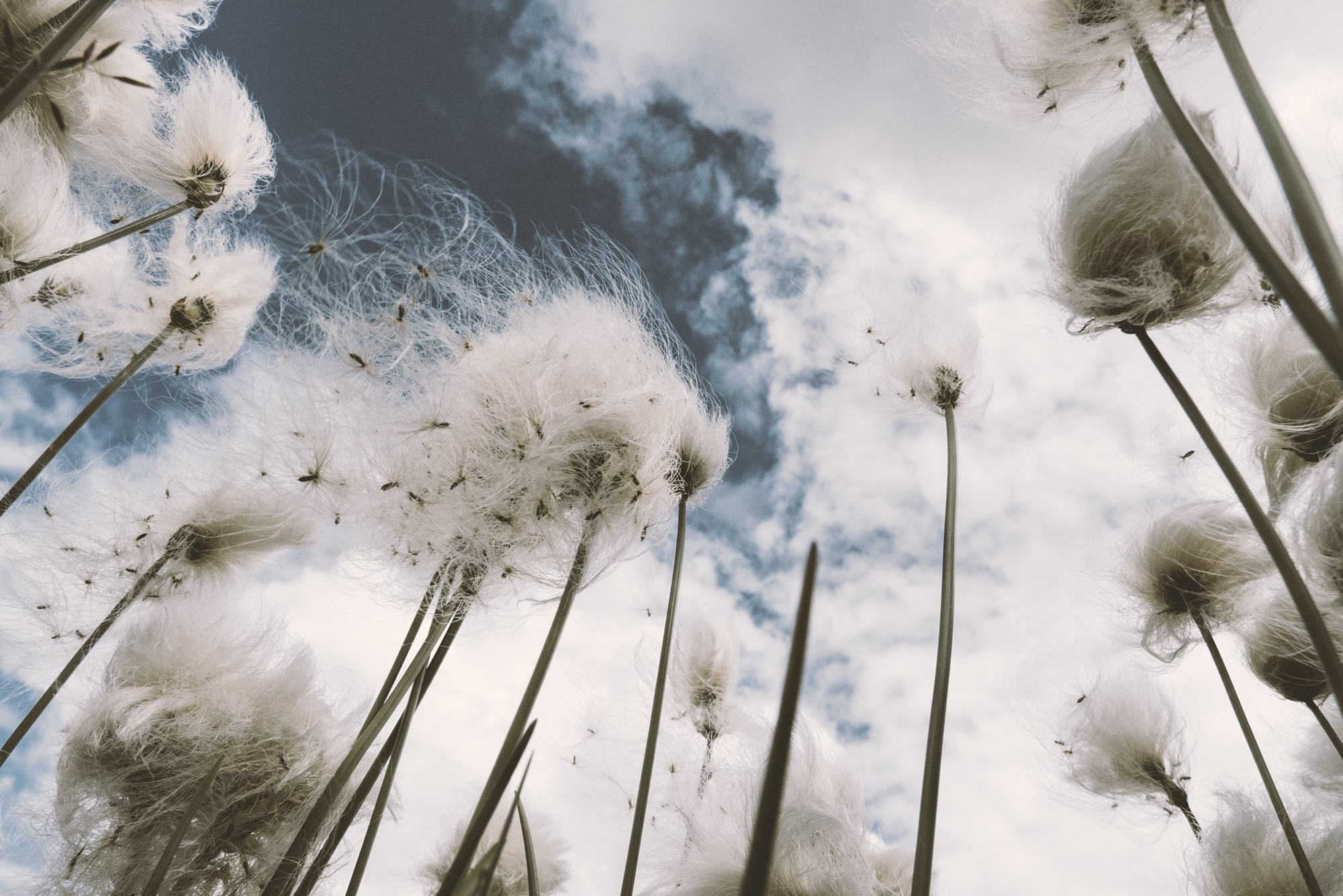
‘The flowers talk when the wind blows over them’ – Ralph Waldo Emerson
Lammas time, at the beginning of August, is generally the time when I start to cut flower meadows. I begin with a few areas below fruit trees because this is when the first small apples, pears or plums begin to fall to the ground and might otherwise be overlooked in the long grass. Invariably, the cutting of the meadow is accompanied by a tinge of sadness: although it looks neat and tidy and obviously very beneficial for the fruit, I feel a little bereft. Aside from the loss of the wildflowers themselves with their myriad colours and forms, and the thought of the insects and invertebrates losing their habitats, I realise that I also miss the movement in the slender stalks of grass and flower. Throughout the Spring and early Summer we can walk through these meadows and enjoy the delicious swaying and rippling caused by the wind on the plants: this movement seems so natural, so obvious, so alive that we often don’t notice it until it is suddenly gone; I wonder whether movement can help us access deeper inner processes within ourselves? Perhaps creating and maintaining movement in our gardens is good for our inner well-being, as well as for aesthetic and horticultural reasons?
We all know that physical exercise is good for our health, we also know that being near natural movement, perhaps by a rushing stream or by the sea, helps us find an inner soul peace, as well as offering us a chance to become more mobile in our thinking, more flexible and more open to other people’s views and ideas; this seems to fit with the idea that movement is indeed life-bringing. Following the last year of lockdowns, I believe we need to find ways of creating movement around us and within us. As gardeners we can add to this pool of movement; yes, we need to find the balance between too much and too little, too wild and too tame, excessive free-flowing and excessive control, but I think we could explore ways of preventing ‘locking down’ our gardens too much; and by doing so we might enhance life in the garden and within ourselves. So how can this be done? I will outline four areas below where we can begin: plants, water, animals and ourselves.
Beginning with our meadows, I would suggest a gradual approach with the judicious cutting around Lammas outlined above, followed by a light mowing regime over August and September. Not only will this be easier inwardly – we don’t have to experience a complete and immediate loss of movement, but rather a gradual coming to terms with the cycle of the year as it moves towards Autumn – it will also help small insects, frogs and mice to remain in at least a part of their habitat for longer. Additionally many meadow flowers – Orchids and Devils-bit Scabious, for example, only seed in the Autumn so they will also be helped. With hedges, I would suggest a quick light trim in early summer to allow access and light and a bit of tidiness but wait for October to do the harder pruning. Not only will this save us time, but it will also cause minimal disturbance to late nesting or newly fledged birds. Additionally, the hedge will be allowed to still move a little, to offer its gentle life-bringing swaying: hedges are basically rows of trees kept artificially shortened and one of the wonderful qualities of trees are their graceful movements; why don’t we honour and respect that, for the trees’ sakes and for ours? Planting a tree itself is of course a wonderful way of bringing movement into our gardens – all trees express the movement of the wind in their branches in different ways. Which tree to plant is dependent on space and your personal choice, but I would generally choose a native tree, like rowan, hazel, oak or cherry because of the diversity of insect life they host (see below). If we don’t have room for trees or meadows, we can still design our flower beds with movement in mind: elegant swaying purple verbenas, ornamental grasses that ripple in the wind, plus many other tall or open herbaceous plants: soaring foxgloves and hollyhocks, feathery larkspur and gently flowing lavenders; most nurseries stock a good range – perhaps visit on a breezy day and see who waves loudest?!
Water is a wonderful way of bringing movement into our gardens. The simplest thing we can do is make a birdbath – birds really love them and we do too – the splashing of a bird in a shallow pond or container often brings me a surprising feeling of happiness and contentment. If we have a small pond, we can incorporate a waterfall or fountain, although artificial, we are mimicking the glory of flowing, moving water, bringing with it the inner experiences outlined above. Going a step further we could incorporate a Flowform, with their intriguing figure-of-eight movement these water sculptures have been designed to replicate the flow and sound of natural water, again with the aim of bringing health to ourselves and interestingly also to the water itself.[1] There are quite a few Flowforms in and around Forest Row – The Ashdown Forest Health centre has three in its inner courtyard garden, and both Tablehurst and Plaw Hatch farms have a series used for stirring biodynamic preparations.
Birds and insects bring a further layer of movement to our gardens, this time in the air around our plants, we could make provision for them with good nesting boxes and habitats for birds, all-year-round food, and a planting design that encourages them. Alongside bird feeders, we can plant food sources like teasels and blackberries for birds and nectar-rich plants for bees – for example wild marjoram, lavender and salvias as well as native trees and shrubs that host insects more plentifully than non-native species. We could provide cover for them too – which might mean leaving some grass long and some areas of our gardens wild into the Autumn and beyond.
We can also use the garden as a place for therapeutic movement/exercise. Many of us practice yoga, tai-chi and dance in our gardens and perhaps we sense that as well as being of benefit to ourselves it might also help us find a deeper connection to nature around us. All indigenous cultures use movement and dance in some way as a sacred pathway to the spirit in nature, and I am sure that movement practices carried out in our gardens can replicate this reverential and life-bringing quality. Eurythmy, developed by Rudolf Steiner, is another way of bringing the inner truths of life into expression through movement. It is both therapeutic and artistic, and additionally, in mainland Europe, has been developed as a way of helping plants to grow healthier with encouraging results in both yield and quality. [2] I have worked with eurythmy and plant connection over several years, and it is my experience that by developing a ‘language’ with and for plants, particularly trees, I have found a subtle and living connection to them. For me, this feels like an inspiring way of offering back to nature what she has given us – recognising and honouring her movements and returning them in a living dialogue.[3]
Moshe Feldenkrais, the creator of the mindful movement therapy – the Feldenkrais Method, once said ‘Movement is life, without movement, life would be impossible’, hinting that it can feed us with an inner energy; in these times of uncertainty and stasis I believe this is an important thought to hold onto, and as gardeners, we have many possibilities to bring this about.
[1] for more information on Flowforms see www.ebbandflowltd.co.uk
[2] see YouTube video – “Institute Arte Nova – a portrait”
[3] for courses involving eurythmy and plant connection see HERE

